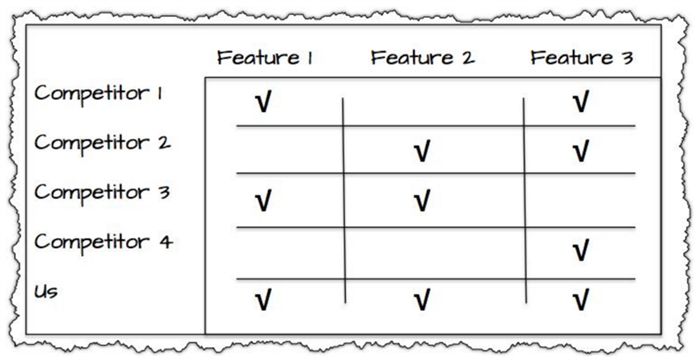Conducting an Industry Analysis
An industry analysis is a vital step in understanding the market landscape and identifying potential opportunities for growth. Here are some guidelines on how to effectively conduct an industry analysis:
1. Research: Start by gathering relevant data and information about the industry you are analyzing. This includes market trends, consumer behavior, and competitor analysis.
2. Identify Key Players: Identify the major players in the industry, including both direct and indirect competitors. Understand their market share, revenue, and competitive advantage.
3. SWOT Analysis: Conduct a SWOT analysis (Strengths, Weaknesses, Opportunities, Threats) for your business as well as your competitors. This will help identify areas where you can capitalize on your strengths and mitigate potential threats.
4. Market Potential: Evaluate the market potential of the industry. Look at factors such as market size, growth rate, and customer demographics to determine the potential for growth and profitability.
5. Regulatory Environment: Understand the regulatory environment surrounding the industry. Research any laws or regulations that may impact your business and ensure compliance.
6. Technological Trends: Keep an eye on technological advancements and trends within the industry. This will help you stay ahead of the curve and adapt to changing market dynamics.
7. Industry Outlook: Analyze the future outlook of the industry. Consider factors such as emerging trends, potential disruptions, and market forecasts to anticipate future opportunities and challenges.
8. Competitive Advantage: Identify your competitive advantage and determine how it compares to your competitors. This could be in terms of cost, quality, innovation, or customer service.
By conducting a thorough industry analysis, you’ll gain valuable insights into the market landscape and be better equipped to make informed business decisions. Remember, staying up to date with industry trends and being adaptable are key to achieving long-term success.

You must understand the industry and business you want to start before actually starting it. Industry analysis is essential for good management and business survival. Successful business owners often have relevant business experience before starting their own business. This article focuses on consolidating and formalizing industry knowledge into a business plan. Documented details and explanations are important when presenting a business plan to outsiders, such as bank lenders or investors. Knowing your industry helps explain its general state, growth potential, and how your business model fits in. Whether for internal or external use, understanding your market is crucial. Industry analysis includes examining industry participants, distribution patterns, competition, and buying patterns. The more you know, the more advantage and protection you’ll have. It’s easier than ever to find industry information thanks to the internet. Websites for business analysis, financial statistics, demographics, and trade associations provide comprehensive data. Industry participants vary between industries. Some have few large companies, while others have many small participants. Consolidation occurs when small participants give way to a few large players. Distribution patterns vary depending on the product or service. Retailers may be supported by regional distributors, or manufacturers may have their own direct sales forces. Technology can change distribution patterns in an industry, as seen with the internet and cable communication. Competition in the market must be understood, including factors that affect customers’ choices. Success can depend on price, product features, service, support, brand names, and more. Detailed analysis of main competitors is crucial. Strengths, weaknesses, products, pricing, reputation, management, financial position, channels of distribution, brand awareness, and technology all need to be evaluated. Competitive information can be found through web searches, competitor websites and social media, reviews, announcements, and other sources. Using a competitive matrix can help organize and compare competitors based on significant factors.

Some people use a SWOT analysis to assess competition, which includes examining opportunities and threats. Running a SWOT analysis can help identify competition and external factors affecting your business.
Hello!
I’m Andrew Brooks, a seasoned finance consultant from the USA and the mind behind phonenumber247.com.
My career is built on a foundation of helping individuals and businesses thrive financially in an ever-changing economic landscape. At phonenumber247.com, my aim is to demystify the complex world of finance, providing clear, actionable advice that can help you navigate your financial journey with confidence. Whether it’s personal finance management, investment strategies, or understanding the nuances of market dynamics, I’m here to share insights and tools that can propel you towards your financial goals.
Welcome to my digital space, where every piece of advice is a step closer to financial clarity and success!
